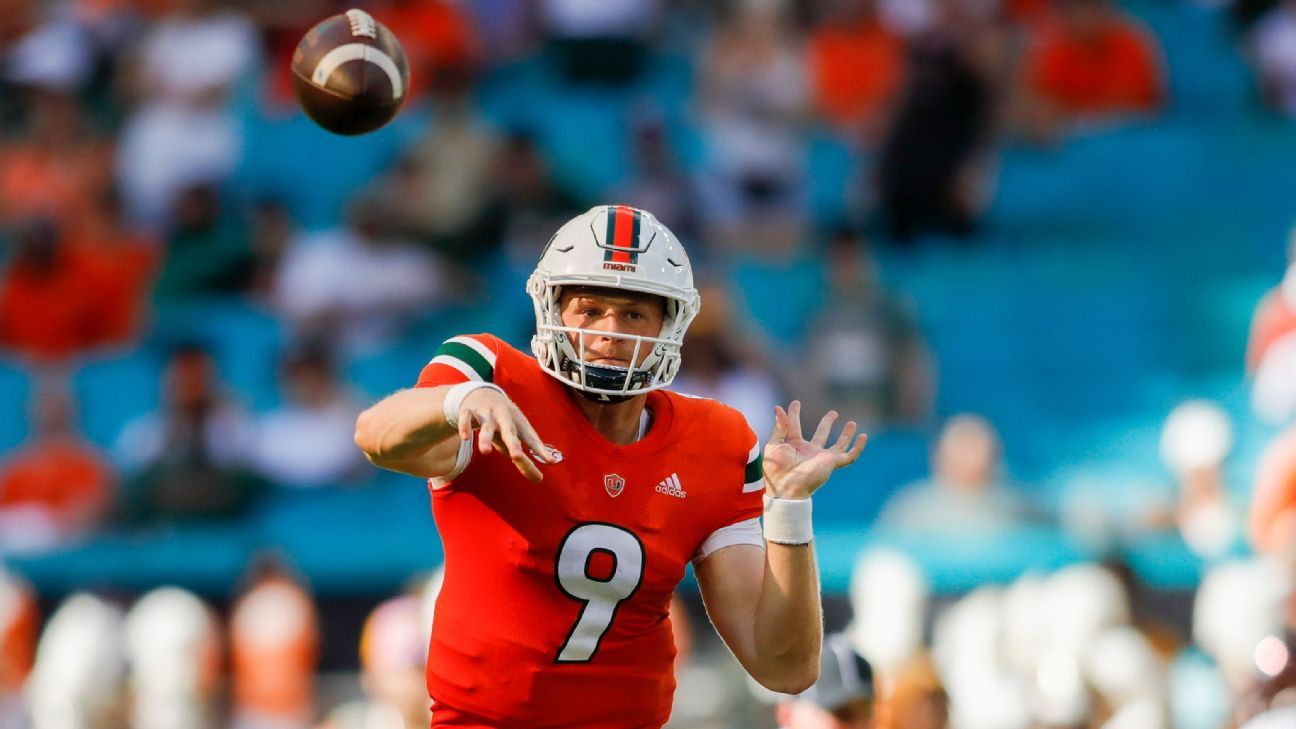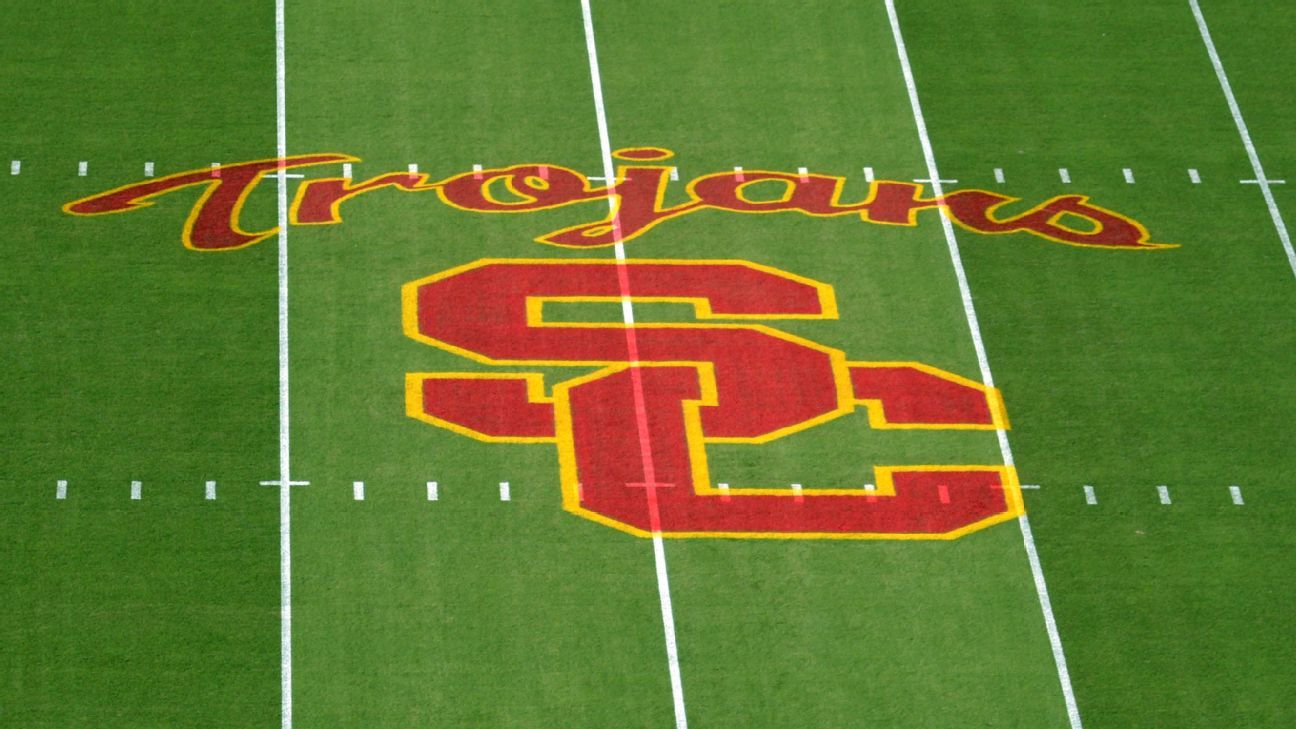NASHVILLE, Tenn. — Christian Pulisic looked tired. Disappointed. Frustrated.
His shoulders were bowed as he slid into a chair late Sunday night. His words were weary.
Questions came about why the U.S. men’s national team is struggling to score, why it can’t do better than one goal in 180 minutes against two teams ranked 59th and 64th in the world (the U.S. is 10th). Why this group full of young talent, full of potential, full of skill, can’t do better than 1-1 against Canada in front of a home crowd in a critical World Cup qualifier.
Pulisic was asked about his own fitness and about the absence of his teammate, Weston McKennie, who was dropped from the team after violating U.S. Soccer COVID-19 protocol.
Then Pulisic was asked about what two draws — one even more aggravating than the other — makes him and his teammates feel. Essentially, he was asked, how bad is two points from two games when you’re headed to Honduras desperately needing to win the third?
“Of course we expect more,” he said. “But this is the position we’re in now.”
He didn’t say the last part of that sentence because he didn’t have to. Everyone knew.
“This is the position we’re in now …”
Again?
First, some perspective: Two World Cup qualifiers out of 14 is the same as 23 games of a baseball season. Or 11 games of an NBA season. Or 10 holes of the Masters. It’s not nothing, but it’s hardly defining.
Even more, World Cup qualifying is an enigma even in a regular year, and this year’s coronavirus-affected, ultra-compressed schedule is outrageous. In the midst of the already congested club calendar, the U.S. and its CONCACAF colleagues will play 14 games in 209 days in this version, compared to the 10 games in 333 days required the last time, according to soccer stats guru Paul Carr. That means it is inevitable that the variance from team to team and game to game is going to be even more drastic.
The U.S. tied Canada and El Salvador, and that isn’t great. But you also see outlier results in World Cup qualifying all over the globe: European champion Italy tied Bulgaria. Ireland tied Azerbaijan. Austria didn’t tie Israel; it got battered by them, 5-2.
World Cup qualifying is hard. Sometimes that needs to be said out loud. U.S. Soccer leans on the “you don’t even know how brutal CONCACAF is” trope a little too often, but even if it has become a well-worn excuse — Mexico didn’t seem to have much of a problem winning at Costa Rica this weekend, after all — there is at least a little bit of truth there. Maybe the shoddy fields, physical play or the hostile fans, especially in Central America, make games like Wednesday’s in San Pedro Sula trickier than they might seem.
And yet, they are still winnable. Clearly winnable. And if the United States is able to get a victory on Wednesday night against Honduras, it will have taken five points from its first three games and will likely be squarely in the qualifying positions coming out of its first window of games. Given that scenario ahead of time, anyone would have taken it.
So, in a lot of ways, the sky isn’t falling. But here’s the thing: Memories linger. Nearly four years ago, in October 2017, the U.S. played Panama in a World Cup qualifier in Orlando. The energy in the stadium sizzled. Pulisic scored in the eighth minute. The fans were full-throated and delirious. The atmosphere was proper.
I remember the whole thing feeling like a cresting wave: qualifying had started off so poorly with two bad losses, but that Panama match — it ended in a 4-0 victory — was supposed to be the start of everything finally falling into place. Panama was the first step; all the U.S. needed was a result in Trinidad and everything that came before didn’t matter.
We all know how that went.
Watching the U.S. against Canada in Nissan Stadium on Sunday, it was hard not to think this game was going to be another Panama, another night when the U.S. began pushing its wave toward the crest. Instead, it felt like the ugly aftermath once more. The U.S. couldn’t move the ball, couldn’t test Canada’s defense. It had three-quarters of possession but only two shots on goal. Without Gio Reyna (out injured) and McKennie (out for bad judgment), the U.S. — as Pulisic said — was desperately “in need of some new solutions” because this felt all too much like what we’d seen before.
The script felt old. U.S. Soccer can (and should) come up with all the “Only Forward” slogans it wants, but even Pulisic couldn’t help but reference, unprompted, the last qualifying failure as he talked about Sunday’s disappointment. It is emblazoned on his mind the way it is emblazoned on ours.
Pulisic was a kid back then, a rising star among a veteran group. Now, at 22 — just 22! — he is among the more seasoned players; he’s the captain, the one others look toward. This U.S. roster is young — only two players on the roster have ever played in a World Cup game and only six had ever played in a qualifier coming into this window — but then, sometimes I wonder if any of that really matters at all. Sometimes I wonder if maybe it isn’t just better to push forward with (relatively) blind talent and verve and whimsy. Sometimes I wonder if ignorance isn’t a blessing instead of a problem.
After all, the U.S. team in 2017 was filled with battle-tested, grizzled veterans like Tim Howard and Jozy Altidore and Michael Bradley. They had all the experience you could want. They knew just how hard playing in CONCACAF really was. They were not, in any way, overwhelmed by the situation.
And what did it get them?
There is an idea in some soccer circles that all of this is just one long run-up to 2026. Soccer’s growth as a sport in the U.S. over the past three decades has been astronomical, and the joint hosting of the World Cup in five years’ time (with Canada and Mexico) is seen as a natural pinnacle. Even Gregg Berhalter, the U.S. national team coach, has already spoken about how he believes the U.S. could build itself up to the kind of group that could “shock the world” in 2026.
That sentiment is ambitious and optimistic and all the things that a U.S. fan should want — can you imagine the magnitude of the U.S. playing a World Cup semifinal on home soil over July 4th weekend? — but that way of thinking also glosses over what is happening right now. Even with the frustrating results of the past week, there is — or at least should be — a type of pleasure in all this.
As maddening as these two performances have been, these games actually matter. When the U.S. scored its first goal of this cycle on Sunday, the 40,000 fans here exploded in a way that is different than a Gold Cup crowd or a Nations League crowd. The players celebrated differently. Why not? The U.S. doesn’t have a Euros or Copa America every few years. It doesn’t have a competition that grabs the attention of the entire sport. It has only the World Cup. So these games — the games that are the bricks on the road to get there — are some of the only ones the U.S. national team plays that feel as if they are truly special.
Now comes another one on Wednesday. And while the U.S. goes to Honduras with problems, to be sure — injury problems (Sergino Dest ruled out with an ankle injury), substitution problems (Konrad de la Fuente coming on too late), discipline problems (McKennie sent home after violating team protocols), leadership problems — it also goes there with exactly the same opportunity it had a week ago.
Sure, Christian Pulisic looked tired on Sunday. Disappointed. Frustrated. But he also looked determined. He looked like someone who knows this is still the beginning. Like someone who knows there is still time for this group to write the ending the last one couldn’t.




